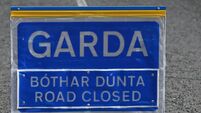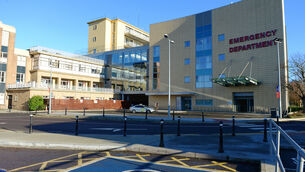'It's disappearing at an alarming rate' — farmers fearful of coastal erosion
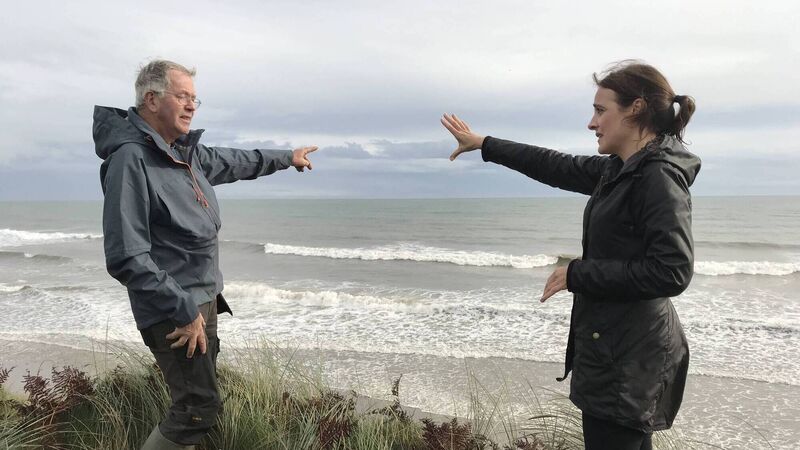
Jamie Ryan, a farmer from Co Wexford, with 'Ear to the Ground' presenter, Ella McSweeney, talking about coastal erosion. Picture: Sylvia Lynch/Indiepics
Farmers have expressed heartache on seeing their land sink into the sea because of climate change.
Kilometres of coastline in Wexford have been affected, with some houses now sitting on the brink of collapse.
Experts blame global warming, rising sea levels, and more storms for the accelerated coastal erosion of Ireland’s sandy shores.
Jamie Ryan said a mile of his farmland in Ballytrent, Wexford, runs alongside the coastline protected by sand dunes which are now disappearing at an alarming rate.
“Much of the bank has gone, the fence has gone and I’d imagine four or five acres have probably gone,” the tillage and suckler farmer tells RTÉ One’s .
“It has worsened in recent years — from about 2005 onwards. South-easterly storms cause the biggest problem. Combined with high tide they do an enormous amount of destruction here.
“In 15 years it has taken 20ft and I’d imagine it’s going to go at a faster rate because the land below is all below sea level and it’s all going to flood eventually.”
Mr Ryan said he was in the process of handing his farm over to his son and it was a tense time.
“It’s worrying for him. I'd like to think it won't affect him but at the rate it's going here now, who knows? It’s not looking good.”
Further down the coast, at Ballyhealy, Co Wexford, where the beach is famous for its size and golden sands, the home of Willie and Lal Pierce now sits on a precipice.
Pensioner Willie said the house used to be protected by two large fields which have now completely disappeared.
“The two fields were there in 1934 when my father inherited the land from his uncle,” Willie said.
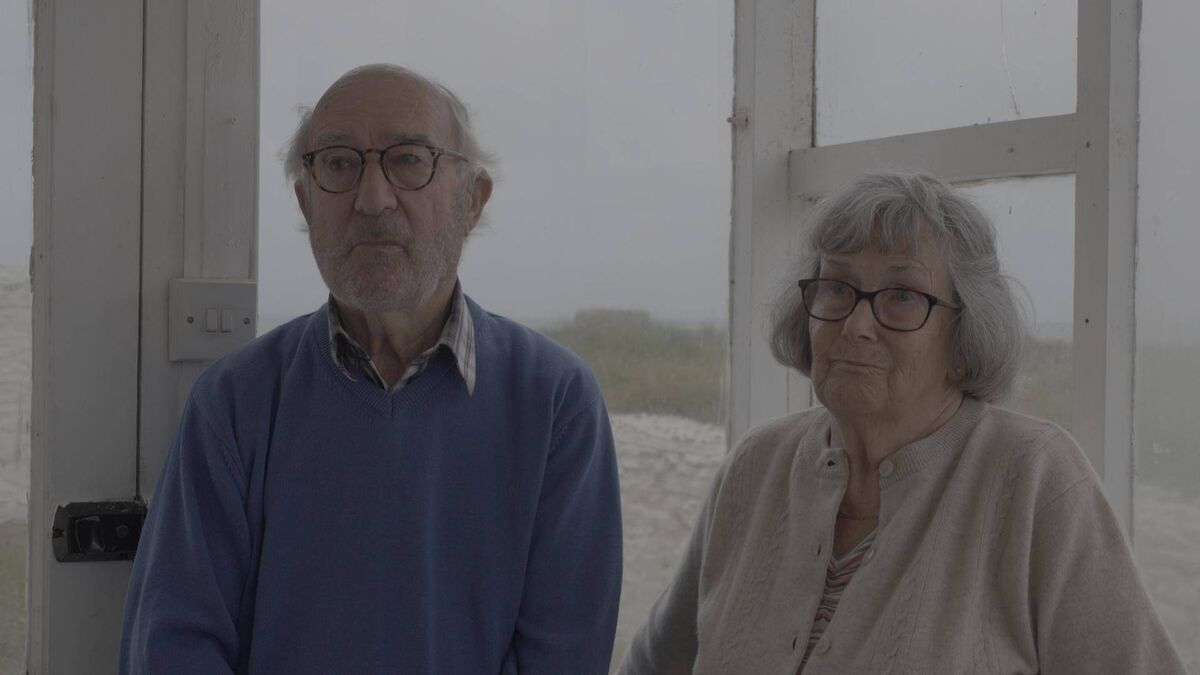
“As time went on they got smaller and smaller and the fields are gone now. The sea took them.”
In early 2020 a winter storm tore more land away and the sea is now perilously close to the house.
“The garden has gone down into the sea and you can’t go any further now,” said Lal.
“We used to have a road running up along for his tractors and other machinery when he would be doing the hay and all. It has taken the land here and taken the road.”
Experts are concerned at the increased level of erosion on our coastline.
Professor Peter Thorne, a climate scientist at Maynooth University, said: “Partly, it's a natural process. The coastline is dynamic and is always changing but climate change undoubtedly is starting to play an increased role.
“We have rising sea levels, storm surges are rising even faster, so we are seeing more coastal erosion in the soft coastal areas, the sandy and soily coastal areas on the island of Ireland.”
He said a report from the intergovernmental panel on climate change was “very clear” that sea levels would rise by one metre by the end of the century.
“More and more of our sandy shorelines will be retreating in the coming century under climate change.”
Prof Thorne said the erosion would speed up in the next few years.
“Depending on our choices and how much greenhouse gas we emit this will continue to get worse,” he said.
“We cannot protect every kilometre of our coastline. That would be economically impossible so there will need to be some degree of managed retreat of our coastline.
“We will have to give up certain aspects of our coastline as we have always done but climate change is just making it that much starker, that much quicker for the process to occur.”
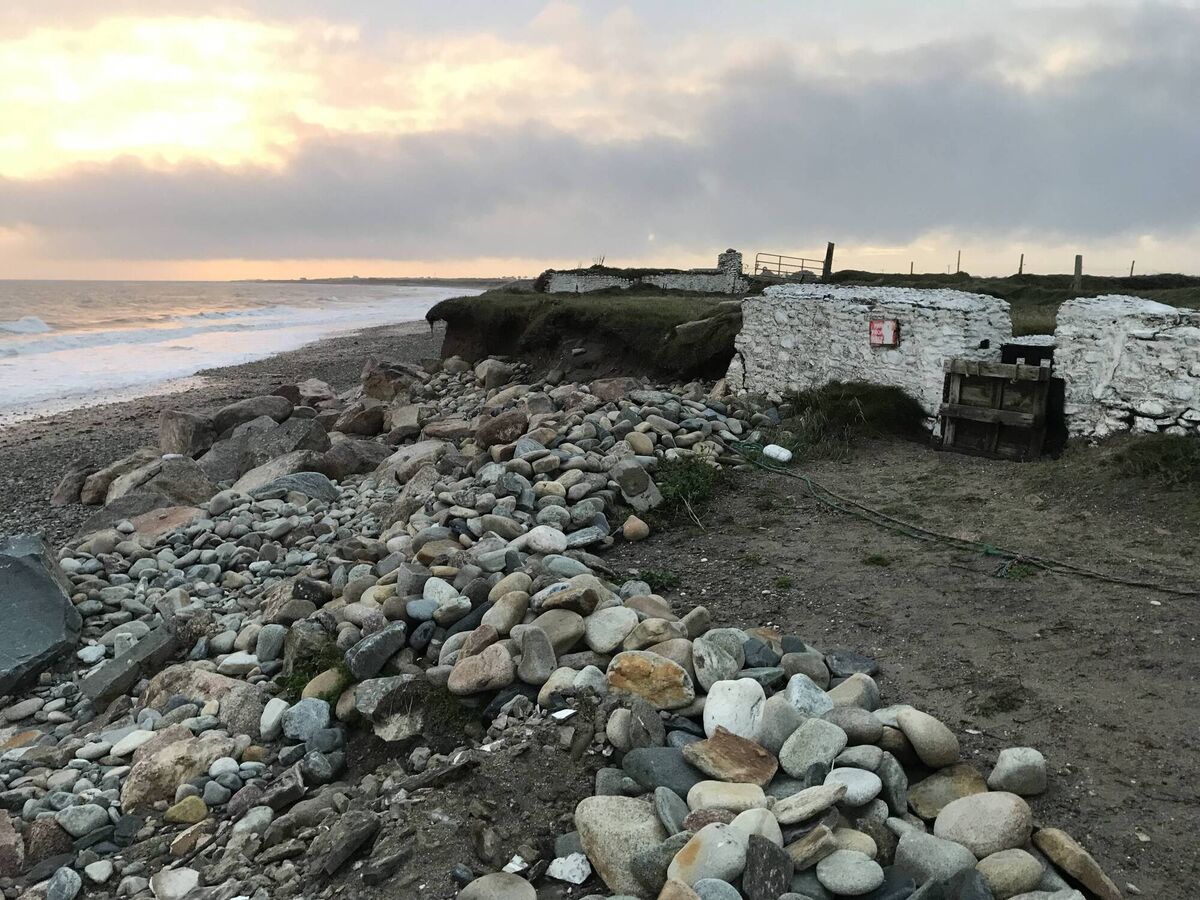
Meanwhile, Willie and Lal have spent €20,000 of their life savings trying to shore up their house with boulders and rocks at the front of their property and believe they might have to spend another €30,000.
“Every time you go to bed at night you worry,” said Lal.
“I keep saying to Willie when he's worried: ‘Look you've done what you can do and we have to take it from there.’
“We would both hate to see this house going. Can you imagine, we're standing here now and the next big storm could take the house?
“It’s very hard. I find it hard for Willie,” she said fighting back the tears.
- is on RTÉ One on Thursday at 7pm
CLIMATE & SUSTAINABILITY HUB






